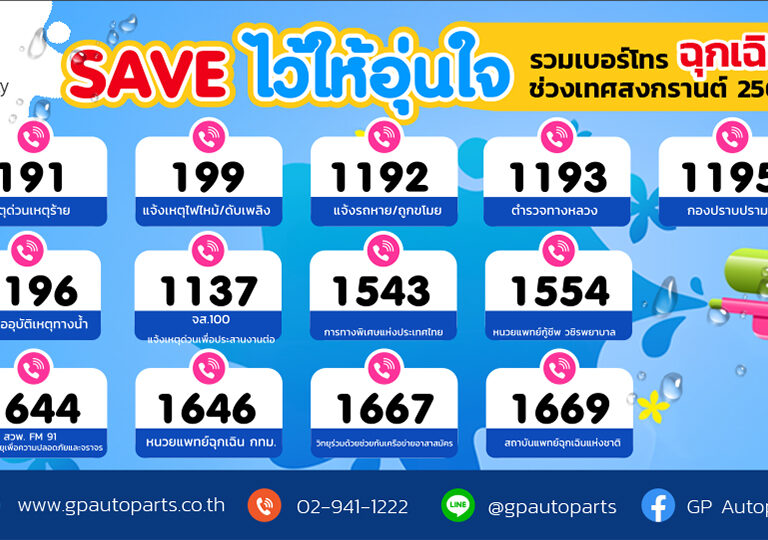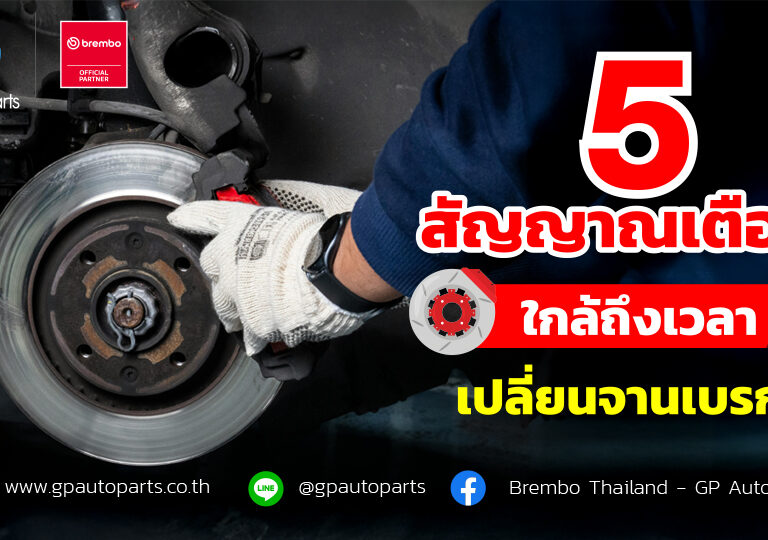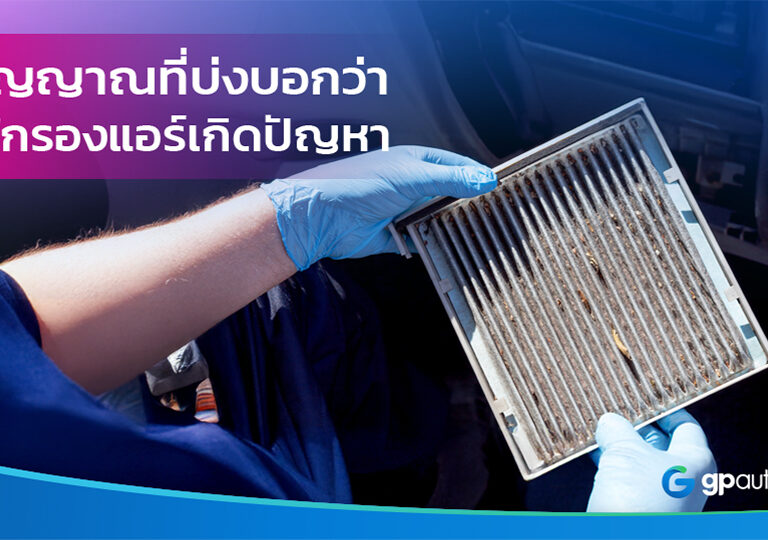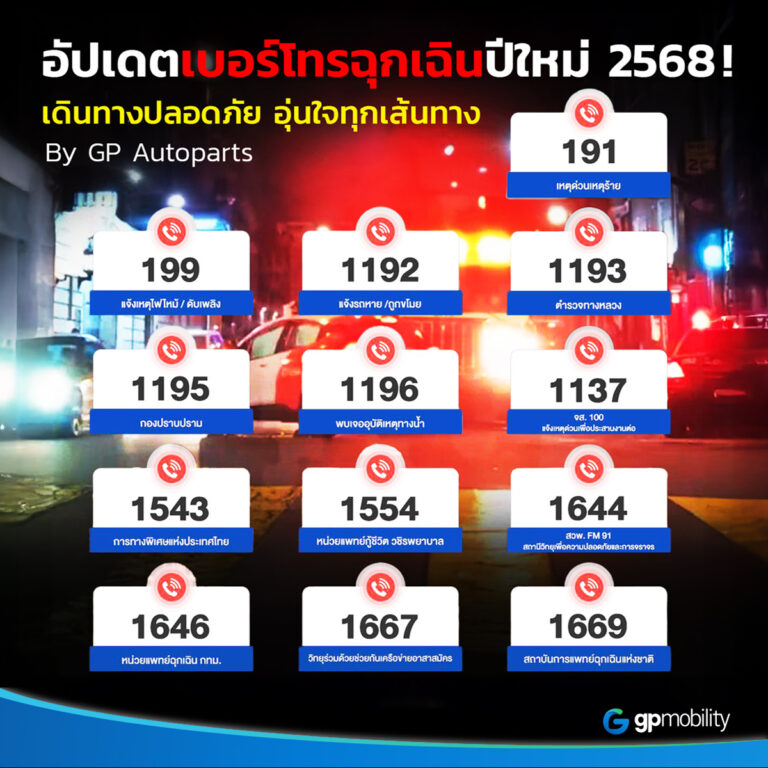Buying your first car or getting a brand-new car with a red tag is a goal for many. Having a personal vehicle not only adds convenience to your travels but also serves as a personal asset that enhances productivity and pride. However, aside from choosing the car specifications, color, and brand that suits your needs, what else should you check when driving off with a red tag? Let’s find the answers together.
1. Inspect the overall condition of the car.
- Walk around the car and inspect it thoroughly for any scratches or dents.
- Open and close all the car doors to check for any issues or stiffness.
- Check the alignment of the trunk lid to ensure that there is consistent spacing all around.
- Inspect the rubber seals of the door frames to ensure they are snug against the glass, flexible, and not brittle.
- Check the functionality of all the windows to ensure they can open and close smoothly without any signs of wear.
- Inspect the windshield wipers to ensure they are attached securely, flexible, and ready for use.
- Check the headlights for any signs of discoloration, and ensure the tail lights and turn signals do not have any cracks.
- Inspect the tires and wheels to see if they are in new condition, without any signs of wear or damage. The tire tread should be even, and the rims should not have any scratches.
- Check the rear of the car to ensure that all the required equipment and tools are present, such as spare parts, repair kits, jack, spare tire, etc.
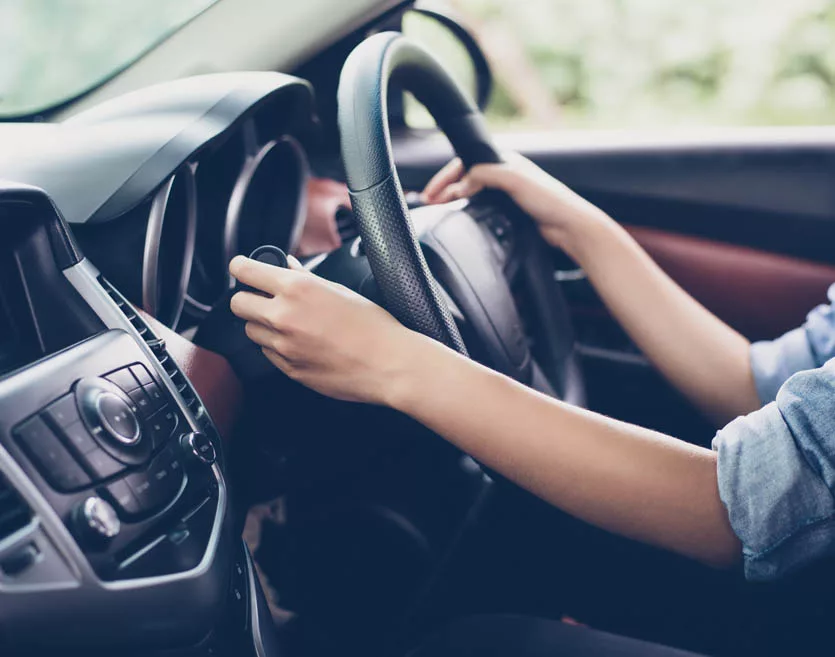
2. Check the car’s operational systems
- After checking the exterior condition of the car, the next step is to inspect the interior. Here’s what to do:
- Check the quality of the air conditioning system, as any issues with the air conditioning could lead to significant problems.
- Inspect the sound system to ensure all speakers are functioning properly, including connectivity with smartphones and steering wheel audio controls (if available).
- Examine the seats for any dust, stains, or blemishes, and adjust them in all positions to ensure smooth operation, especially if they are electronically controlled. Check for comfort while sitting, as prolonged driving or sitting in the car may affect long-term health.
- Inspect the floor mats to ensure they are complete, free of stains or unpleasant odors, and check various controls on the console for cracks, separations, or other damage.
- Insert and remove the key or, if the car is keyless, unlock and lock the doors to see if they respond properly.
- Check all lights, especially headlights, high beams, taillights, turn signals, brake lights, and emergency lights, to see if they are functioning properly, including interior lights.
- Fold the side mirrors and open the windshield wipers to see if they are operational and if the windshield washer system works properly and consistently.
- Start the car and accelerate to listen for any unusual engine noises or abnormal sounds, ensuring there are no disturbing gear noises when shifting.
- Turn the steering wheel to check if there are loud noises when turning.
- Inspect the engine compartment for any leaks or oil stains, ensuring the battery is in good condition and the wiring is intact without any signs of tampering, disassembly, or damage.
- Check the handbrake system to see if the indicator light comes on when pulled up.
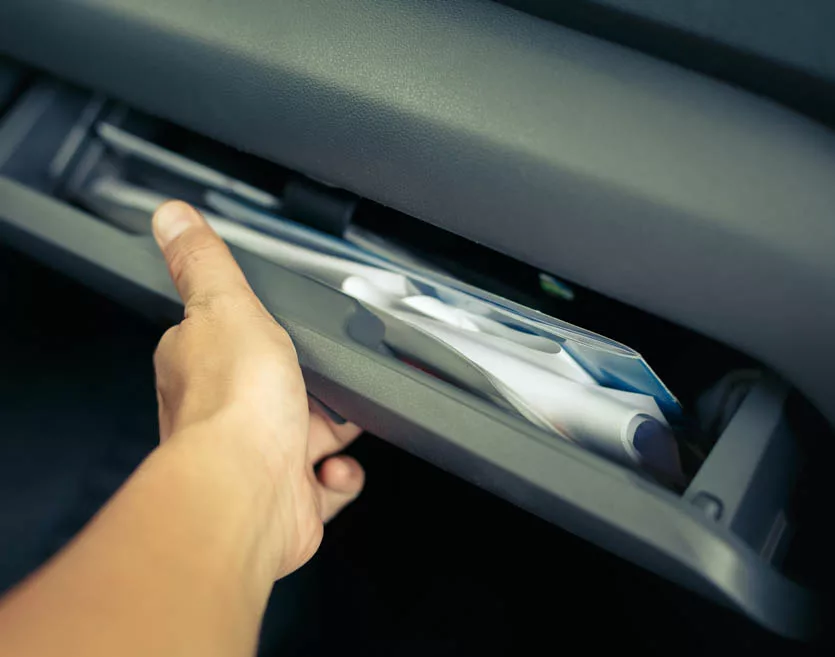
3. Verify important documents for the vehicle.
- Check the vehicle registration book.
- The chassis number must match the number specified in the book.
- Verify the vehicle transfer documents.
- They should include car insurance and vehicle tax documents within the book.
- Inspect payment receipts to ensure that the amounts are accurate.
- Ensure there is a receipt for the red plate deposit.
- Verify the red plate for authenticity.
- It should bear the Department of Land Transport (DLT) stamp.
- Check for warranties for in-car equipment and free inspection documents.
- If purchasing a new vehicle with red plates, ensure the complete set of documents for the added accessories.
- Inside the vehicle, there should be an owner’s manual.
What do I need to prepare when picking up a new car with temporary plates?
When it comes to picking up the new car with temporary plates, you need to prepare several things. Firstly, you need to bring money because there might be expenses for vehicle registration, which varies for each car model. Additionally, you might need to pay insurance premiums. Moreover, you’ll need to pay a deposit for the temporary plates upfront, which will be refunded when you receive the permanent plates. There’s also the first installment payment for the car, and don’t forget about fuel costs. Typically, new cars with temporary plates might have only a small amount of fuel from the factory or sometimes none at all. You might need to refuel after leaving the showroom. Lastly, there could be additional costs for extra accessories beyond the standard ones that come with the car, which you might have requested when ordering the new car.
Thank you for the information from: www.viriyah.com
___________________________________
Place an order/Become a distributor.
GP MOBILITY PUBLIC COMPANY LIMITED
Line id: @gpautoparts or Link
Contact: https://www.gpmobility.co.th/contact-us/
Follow me: https://linktr.ee/gpmobility
Service Monday to Saturday from 08:30 AM to 05:30 PM.
02-941-1222 (Auto),02-579-2882


